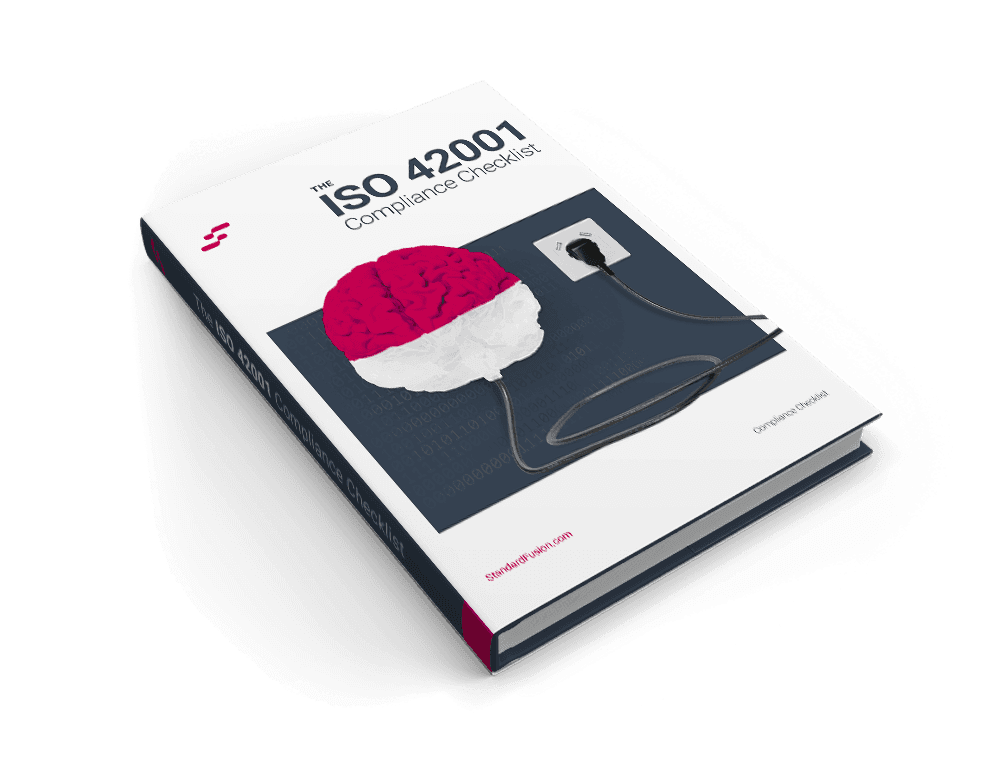Published on: Feb 11, 2022
Fighting Fraud Risk With GRC Software
Fraud is an intentional action to either gain something unlawfully or deprive someone of their legal right by the incorrect portrayal of facts.
There are several reasons why individuals or companies may commit or intend to commit fraud. The end result is typically to attain monetary or valuable assets. From attempting to gain new clients/investors by committing accounting fraud; to hiding critical product information or falling victim to an employee's personal vendetta, it can scale from a single individual to a company-wide scam.
Then What?
Companies that engaged in fraudulent activities mostly go under as history has shown. But fraud can be committed by both individuals and groups, which can put your organization and reputation at risk likely, resulting in financial losses. Our increased reliance on digital devices and services has also increased the risk of fraudulent activities. Remember receiving that call from the self-proclaimed Windows support offering to fix some issue on your PC?
A 2020 report from the Association of Certified Fraud Examiners (ACFE) shows that each year, businesses lose about 5% of their revenue to fraudulent activities. About 41% of cases are due to employees that produce a median loss of $60,000 and about 20% due to fraud by executives or owners leading to a median loss of $600,000. Don't forget all the front-page covers and media attention you will be getting.
Therefore, as part of Risk Management strategy, it is essential to also consider preventative measures to protect your business. This is termed Fraud Risk Management (FRM).
Preventing Potential Fraud
There is potential for fraud in nearly all facets of a company. ACFE defines five main principles that need to be followed in order to help keep fraudulent activities in check.
Fraud Risk Governance
To integrate Fraud Management into the corporate strategy, the cooperation of Stakeholders and top leadership is required to devise the required policies and procedures and implement an effective infrastructure. One person should be assigned to overlook the program and to whom all department representatives shall report. This individual will then be responsible for reporting to the top management. The program should address the following:
Roles & ResponsibilitiesFraud Awareness Methods & toolsMonitoring & Reporting ProceduresConflict DisclosureFraud Risk AssessmentWhistleblower ProtectionInvestigation process & Corrective ActionsQuality Assurance and Internal Audits
Fraud Risk Assessment
Just like in a regular Risk assessment, you first carry out a comprehensive analysis of the systems and network infrastructure of your organization, to identify points of weaknesses that can be exploited. Similarly, Fraud Risk Assessment revolves around your employees. What are their roles and responsibilities? What resources of the organization can they access and utilize?
This does not only apply to employees but also to the management and those high up in the hierarchy. You also need to ensure to consider both, internal and external factors. This means that an individual with the potential to commit fraud is not limited to your employees but also extends to any third-party vendors and contractors. Also, Fraud Risk Assessment should be carried out regularly.
Fraud Risk Prevention
The best way to minimize fraud risk is to integrate automated detection tools in your company's systems, like a multi-factor authorization for a customer account. It can also be in the form of segregation of duties of the employees. The main aim of FRM is to prevent any fraud to occur in the first place. Therefore, it is effective to adopt an approach that dampens motives and limits opportunities for committing fraud. Policies, controls and procedures, awareness training are all preventive measures that should be implemented to reduce the risk of fraud.
Fraud Risk Detection
The swifter you can detect a fraud risk, the quicker you are to prevent or mitigate the potential situation before any lasting damage is caused. This includes defining policies for protection and secure communication channel for a whistleblower, proactive procedures for detection like auditing, data analysis, and how employees can flag a possible fraud, implementing controls, and other tools for detection. These measures are only effective if they are continuously monitored and remediated if necessary
Monitoring, Reporting and Communication
Even if you put all the measures in place, it is useless if you are not able to detect, report and resolve on time. That is why consistent monitoring and open communication are important to detect any anomalies and resolve them. It is also crucial to report findings to the managing stakeholders in a concise and timely fashion to prevent escalation. Such activities should also be documented to help in the auditing process and re-assessment procedures.
Managing Fraud With GRC software
Risks cannot always be fully mitigated - rather reduced to an acceptable level. The same is true for Fraud Risk. Unlike network and systems security assessment, fraud detection can be especially challenging as it can be difficult to predict human behaviour. Moreover, manual processes are prone to errors, possible neglect, as well as alteration due to ulterior personal motives. Automating this process can enable effective management by detecting fraud in real-time.
StandardFusion's GRC software paints a complete picture of your organization making it easier to narrow down any unusual activities and helping to prevent any possible unfavourable events in the future. StandardFusion generates timely alerts and helps detect any role or business changes to update your policies accordingly. For more details about how our GRC software can enable you to manage your business risks effectively, reach us to set up a call!







